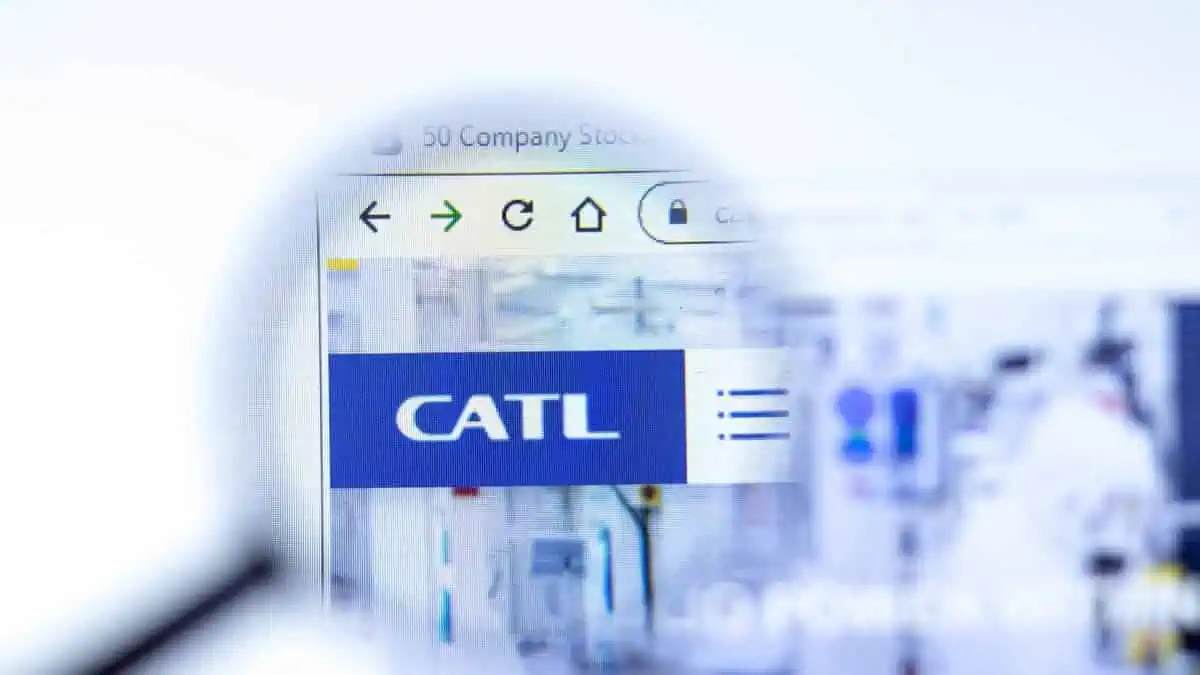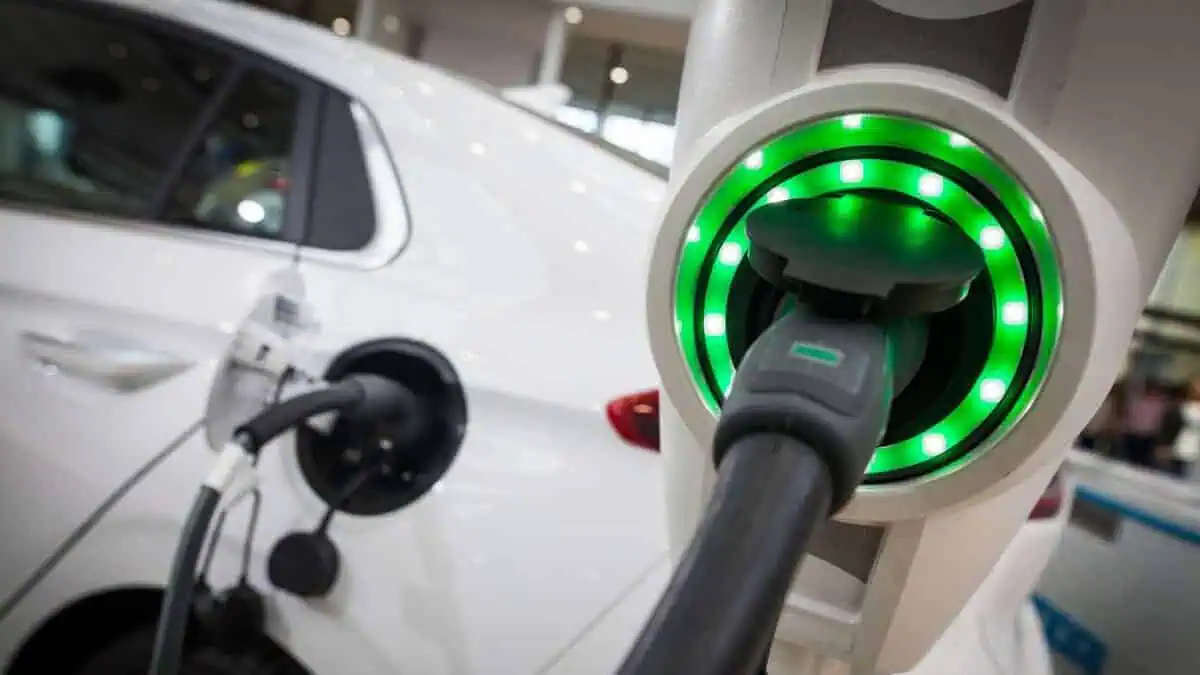Chinese EV battery giant CATL held a special event to announce that the company was developing sodium-ion-based battery packs, apart from the most common chemistry using lithium.
The innovation was delivered by the world’s largest EV battery maker’s founder and chairman, Zeng Yuqun, who was the event’s emcee.
CATL founder Zeng disclosed that the company was developing EV batteries that use li-ion and sodium-ion cells.
For those unaware, sodium is a more common substance with safety benefits that may beat lithium. However, the latter dominates in EV batteries because it provides higher energy density, enabling extended range.
Other EV companies outpaced CATL in the sodium-ion battery development
CATL outlined the efforts it took for the sodium-based battery to become commercial. But, at least in the prototype phase stage, it has already been outdone.
In fact, a sodium-ion cell-equipped test model of JAC’s Sehol E10X EV was introduced in February 2023. As per Bloomberg, HiNa Battery Technologies supplied sodium-ion cells to the Chinese automaker. The innovation urged experts to reconsider using sodium-ion chemistries in EV technologies, in contrast to BloombergNEF and other research firms’ initial focus on li-ion cells.
Apart from HiNa and CATL, UK-based Faradion has also been exploring the technology. As of now, it is licensing the technology to the US-based Natron, the UK-based AMTE Power, the Swedish Altris, the UK-based AMTE Power, and France’s Tiamat.
Sodium vs. lithium
As per the report, the same production techniques used in the li-ion sector can be applied to sodium-ion batteries. Hence, the former’s improvements during the previous ten years could assist the latter to further develop for use in EVs.
Furthermore, this emerging technology may also profit from the scale efficiencies already in place because it uses electrolytes and separators in addition to aluminum current collectors.
Today’s low quantities and undeveloped supply chains make sodium-ion batteries more expensive than Li-ion. However, BNEF believes there is room for material cost reductions and energy density enhancements that might lead to sodium-ion cells being competitively priced at half what lithium iron phosphate is nowadays.
Sodium-ion cells: Disadvantages and advantages
Unfortunately, sodium-ion batteries have lower energy density than li-ion cells. Batteries containing these cells would need to be heavier to achieve the same amount of kilowatt-hour capacity in modern cars.
As per the report, the sodium-iron-manganese-copper cathode-based Sehol E10X cells offer an energy density of 140 watt-hours per kilogram, which drops to 120 watt-hours per kilogram at the battery-pack level. That figure is 25% less than the price of the current LFP battery packs.
On the other hand, one of sodium-ion’s main benefits is that its raw ingredients are more widely distributed worldwide. They also work well at low temperatures and are non-flammable.
Lithium supply problems may be resolved, and EV batteries’ cost could be reduced if sodium-ion batteries could steal even a tiny percentage of the market from li-ion batteries.
It is also worth noting that lithium’s price has been fluctuating for the past four months.
More to come
HiNa may have outpaced any other EV companies in the sodium-ion battery race. Nonetheless, Analysts from BNEF predict that there will be more advancement in the technology in the coming months.
Interestingly, the EV space speculates that Jiangling Motors Electric Vehicle, a JV majority-owned by French automaker Renault, is developing sodium-ion batteries with Chinese battery company Farasis.
See Also:
- Chinese EV manufacturer introduces the world’s first car powered by a sodium-ion battery
- Firms race to develop cheaper EV batteries
- BYD can surpass CATL as the leader in battery manufacturing
- CATL starts Qilin battery mass production
- EV battery market leader CATL reported shares decline in January, BYD increases
All that said, the EV industry soon adopted sodium-ion battery technology. However, they have at least a few more years until they reach a significant scale.
Sodium-ion cells have the potential to complement li-ion cells and assist in covering gaps in the worldwide market because EV battery demand is expected to expand significantly in the future.






